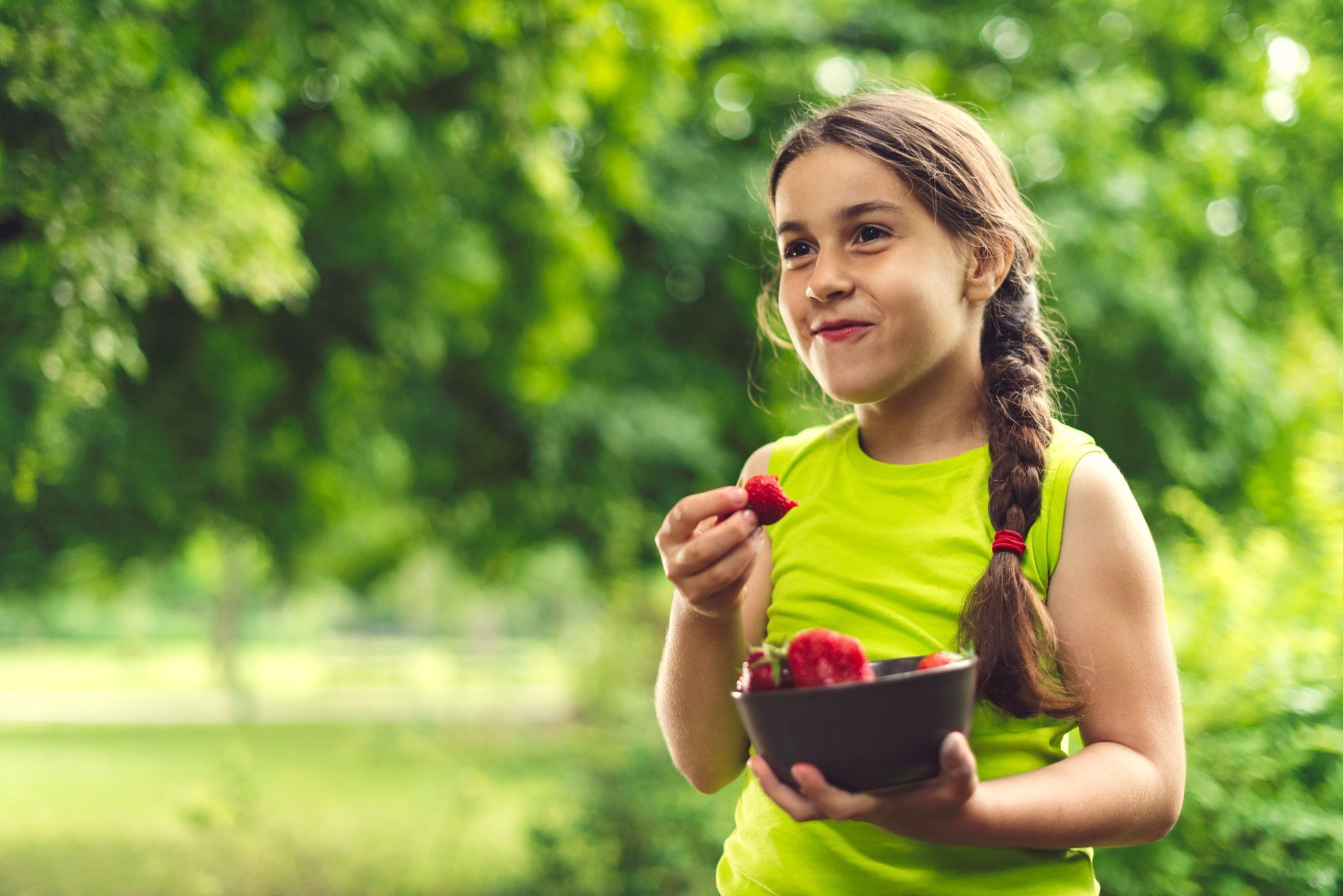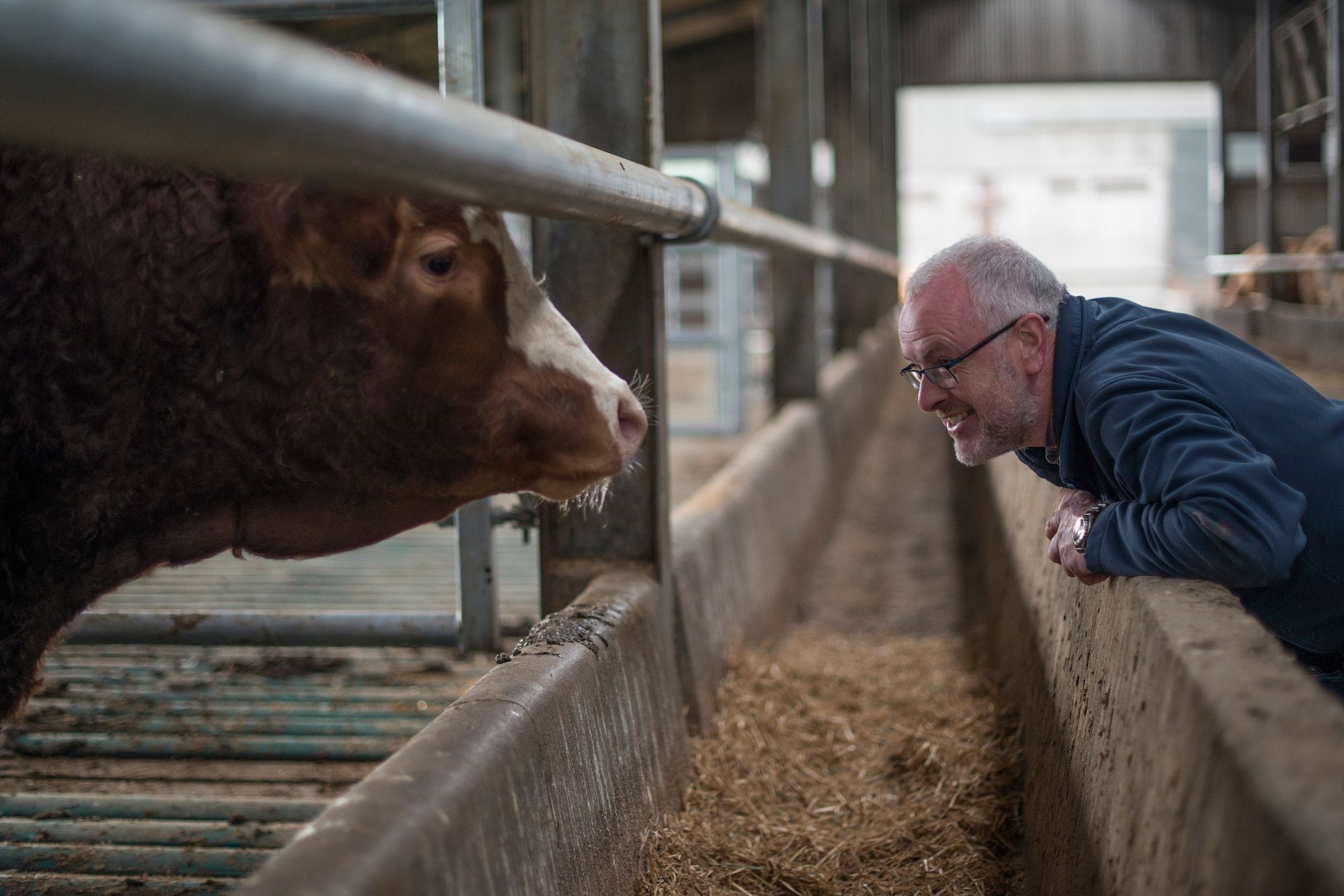The 9 Biggest Turkey Cooking Mistakes and How to Avoid Them
For many people, the holidays are filled with pressure. You’re hosting family and friends, preparing a festive dinner — and you want everything just right. You may envision serving a juicy, golden brown and delicious turkey, the centerpiece of a celebration for your guests that’s worthy of a classic movie.
But before you start carving, here’s a quick caveat: The Centers for Disease Control and Prevention report that most outbreaks of a bacteria that causes food poisoning occur in November and December. Many of those outbreaks have been linked to common holiday foods such as turkey, chicken and other poultry.
“Food-borne illnesses are no joke,” Lisa Yakas, a senior project manager at NSF. “Just like the ongoing pandemic, food poisoning is most risky for vulnerable people, such as the elderly.”
Fortunately, it doesn’t have to be difficult to enjoy a safe holiday meal. Here, our experts walk you through the most common holiday dinner mistakes, with tips on for preparing turkey, chicken and other poultry — the centerpiece of your table and menu.
Keep the Bird Dry
Don’t wash or rinse raw turkey. Experts recommend not washing poultry as the juices can spread and contaminate other foods, utensils and countertops.Wash Up
Though you won‘t be washing your turkey, do make sure you wash your hands. Germs and illnesses spread easily from personal contact. Wash hands with warm soapy water, scrubbing for 20 seconds before and after handling food, especially when handling raw items.Allow Time to Thaw
Not allowing enough time to defrost your turkey completely is the number one turkey mistake. A 10-pound turkey needs to thaw in the refrigerator for three to four days.Thaw Safely
Thawing your turkey on the counter is a no-no. After two hours at room temperature, it can become unsafe. Bacteria can grow rapidly in the “danger zone” between 40° F and 140° F (8° C and 60° C outside the US). Thaw in the refrigerator in a large bowl, in a leakproof plastic bag of cold water (changing the water every 30 minutes) or in a microwave, following the turkey’s cooking directions.Handle With Care
It’s important to avoid having your turkey contact other food. In fact, raw poultry can contaminate anything it touches with harmful bacteria. Use separate cutting boards, utensils and cookware for raw and cooked foods.Take the Temperature
Use a food thermometer to verify that the center of the stuffing, the breasts, thighs and legs are all cooked to 165° F (70° C). Even if your turkey has a pop-up temperature indicator, you should still use a food thermometer to check that it is safely cooked.Check On the Stuffing
Cook stuffing separately from the turkey in a casserole dish, and it’s easy to be sure it’s thoroughly cooked. If you cook stuffing inside the turkey, put the stuffing in the turkey just before cooking. With either cooking method, use a food thermometer to make sure the stuffing’s center reaches 165°F (70° C).Put Food Away Fast
Leftovers shouldn't be left at room temperature for longer than two hours. Slice your turkey before storing in the refrigerator to allow for more even cooling. Cover and cool meat to room temperature before putting it in the fridge, then store for up to three days.Treat Leftovers Right
When reheating, make sure the temperature is 165° F (70° C) or above. You can bring leftovers out of the fridge to room temperature before warming up. And of course, you can also eat them cold.
Sign Up for Tips for Better Living
Stay up to date with what matters most to you and your family.
Related Posts

Foodstuffs: How To Store and Heat Leftovers Safely

Kitchen Cleaning 101: Your Ultimate Guide to Optimum Kitchen Cleaning

Keeping a Clean Home, Especially When You Share It With Your Pet

loMT: Utilize Internal Information Security Expertise to Combat Cyber Risks
Sources:
www.cdc.gov/foodsafety/communication/holiday-turkey.html
www.cdc.gov/foodsafety/diseases/clostridium-perfringens.html
www.fightbac.org/winter/talking-turkey
How NSF Can Help You
Get in touch to find out how we can help you and your business thrive.

What’s New with NSF

Healthy People Living on a Healthy Planet: The Future We’re Working For
April 4, 2024
American Meat and Egg Distributors Now California-Ready with NSF’s Prop 12 Certification
April 3, 2024
2024 GFSI Conference - Meeting the Needs of our Evolving World
March 20, 2024